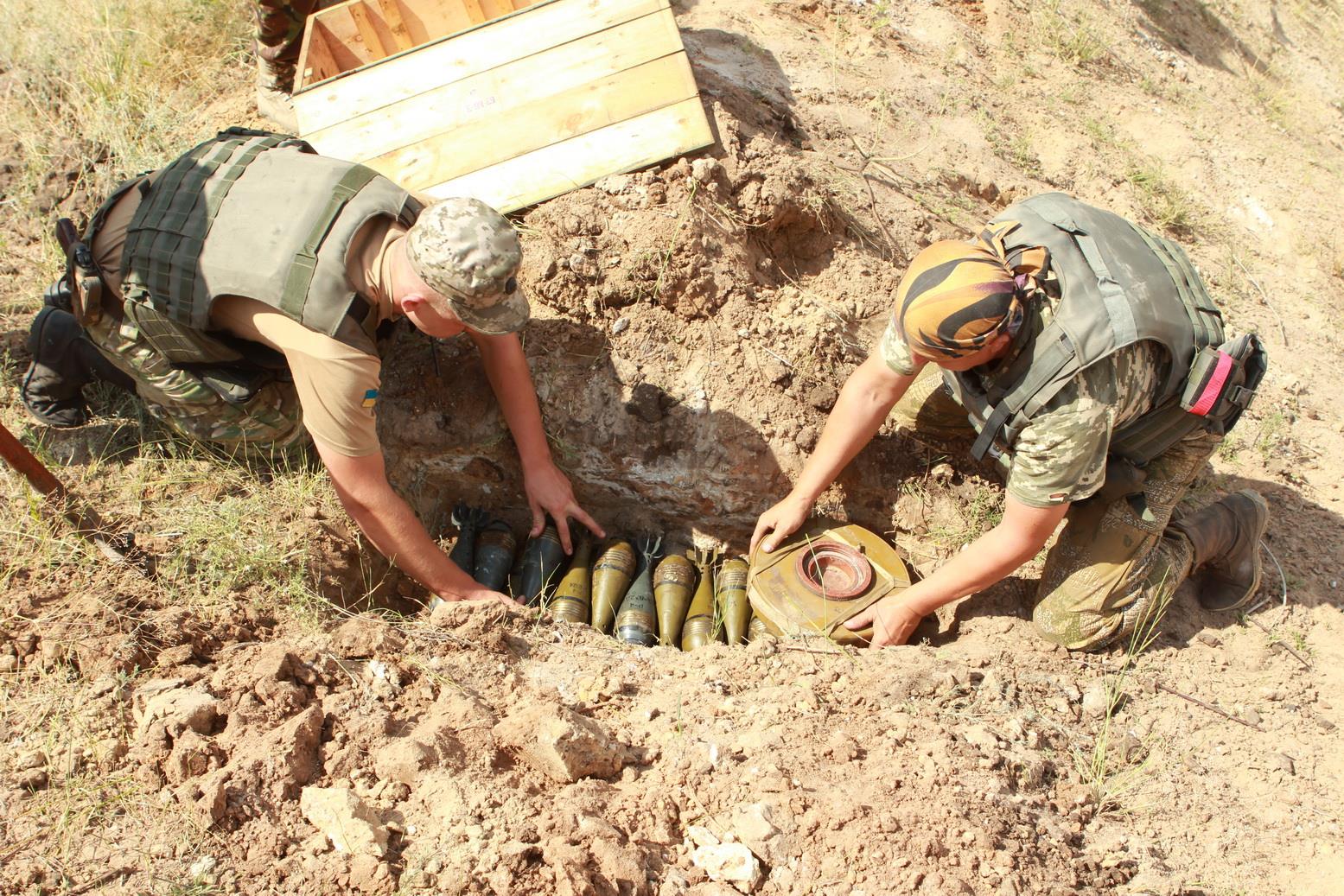18/02/2022
“If you ever come across anything suspicious like this item, please do not pick it up, contact your local law enforcement agency for assistance”
If Russia embarks on a full-scale invasion of Ukraine—as military maneuvering suggests it might—US intelligence officials estimate that between 25,000 to 50,000 civilians could die. An additional 5,000 to 25,000 Ukrainian soldiers and 3,000 to 10,000 Russian soldiers could also be killed. While the toll on human life would be steep, a full-scale military invasion would also have long-lasting environmental impacts in Ukraine. Russia has amassed a vast array of weapons within striking distance of Ukraine, including tanks, artillery guns, rocket launchers, ballistic missile systems, and infantry fighting vehicles, according to the Center for Strategic and International Studies. Russian military forces in the area are more than enough to initiate a large-scale invasion of Ukraine, according to Tyson Wetzel, a senior US Air Force fellow at the Atlantic Council’s Scowcroft Center for Strategy and Security. Timing is everything; some observers have already theorized that President Vladimir Putin is only waiting for a hard freeze to ease a ground invasion. Moving heavy vehicles over soft or thawing ground would not only be difficult but could tear up sensitive wetlands. One potential invasion route could take Russian military forces through the Chernobyl Exclusion Zone. “The delivery of air-to-surface munitions, artillery, mortar and multiple rocket-launcher fire in the Belarus-Ukraine border area could also disperse radioactive debris in the soil,” Russian military analyst Pavel Felgenhauer told the Washington Post. The longstanding Russian-Ukrainian conflict in the eastern portion of Ukraine has already had significant environmental consequences, which a full-scale Russian invasion could further exacerbate. The eight-year conflict with Russian-backed separatists in the eastern Luhansk and Donetsk provinces, which has killed 14,000 people, has shown how war can compound environmental problems. This area, part of the Donbas—short for Donetsky Bassein or “Donets coal basin”—is one of the world’s largest coal mining regions, containing 900 active and inactive mines, as Kristina Hook and Richard Marcantonio reported for the Bulletin in 2018. These mines are on average over 2,300 feet deep and need to be regularly pumped to prevent groundwater from flooding them. Before the conflict began, the Ministry of Ecology and Natural Resources identified 4,240 sites as potentially hazardous, due to methane leaks, hydro-dynamics, biohazards, and radiation. Before the war started, the ministry monitored these sites to manage environmental and health risks. But wartime limits the government’s ability to monitor and resolve environmental hazards. Hook and Marcantonio reported that degrading and damaged infrastructure has interfered in trash removal and wastewater treatment. As of 2018, household and industrial sewage was flowing untreated into surface waters, increasing pollution in the Donetsk River, causing fecal coliform levels to surge. Even more concerning, the ministry identified 35 mines in 2016 where groundwater pumping had ceased, so the mines flooded. Such floodwaters can dissolve heavy metals like mercury, lead, and arsenic and contaminate groundwater. In some cases, these sites were originally mined via nuclear detonations, meaning they’re full of irradiated debris which could be carried out by floodwaters if they aren’t regularly pumped. By 2016, 55 of 66 drinking water sites that had been tested were deemed non-potable; three of them had significantly elevated radiation levels.
Source: thebulletin.org
Dear editors, Biography of a bomb is aimed at highlighting the danger caused by unexploded bombs. Moreover, the most important aspect is that we work completely non profit, raising awerness about this topic is what drives us. We apologize if we make use of pictures in yours articles, but we need them to put a context in how findings are done. We will (and we always do) cite source and author of the picture. We thank you for your comprehension





